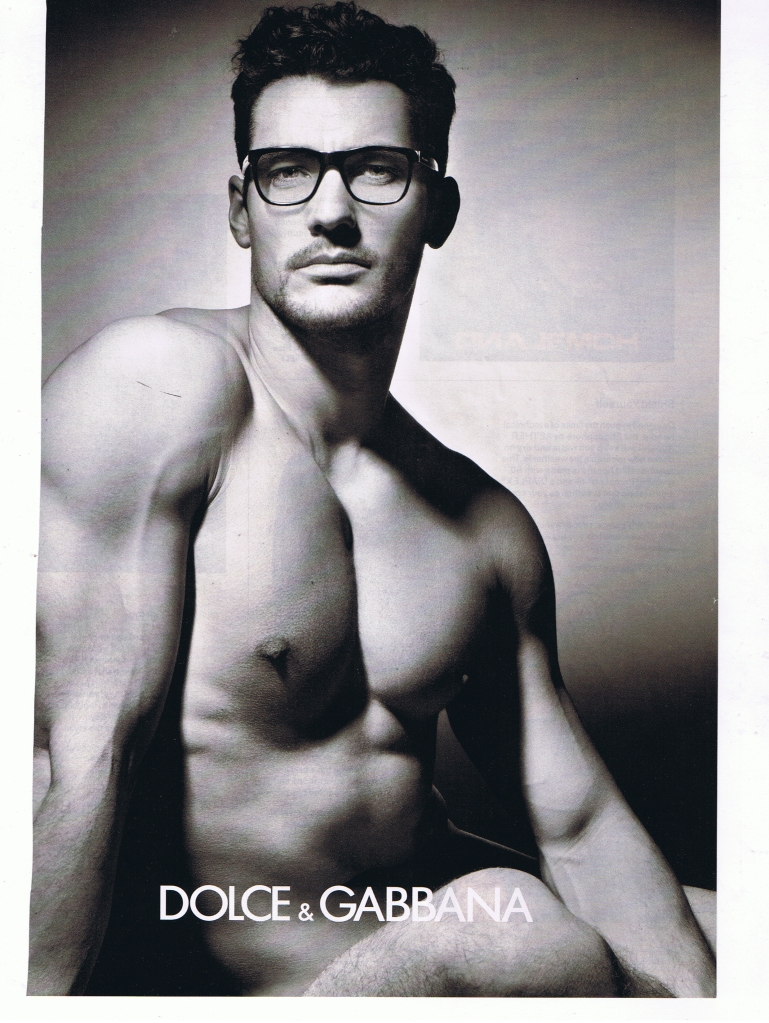The following are excerpts from a reprint of an 1811 Dictionary of the Vulgar Tongue: A Dictionary of Buckish Slang, University Wit, and Pickpocket Eloquence, which was in itself based on a dictionary by Francis Grose. {Bibliography}
I skimmed through the entire book, and picked out all the terms for sodomites, which I assume referred to gay men. They may also refer to hetero sodomy, I don’t know enough to say.
Sadly, there were no terms for lesbians. There are enough vulgar terms here for women’s lady-parts that we can create our own synonyms for “tribade”, if you wish. But we’ll save that for another post.
Back Gammon Player
A sodomite.
Back Door
(USHER, or GENTLEMAN OF THE). The same.
Dildo
[From the Italian diletto, q.d. a woman’s delight; or from our word dally, q.d. a thing to play withal.] Penis-succedaneus, called in Lombardy Passo Tempo. Bailey.
Indorser
A sodomite. To indorse with a cudgel; to drub or beat a man over the back with a stick, to lay CANE upon Abel.
Madge Culls
Sodomites. Cant.
Molly
A Miss Molly; an effeminate fellow, a sodomite.
Windward Passage
One who uses or navigates the windward passage; a sodomite.










